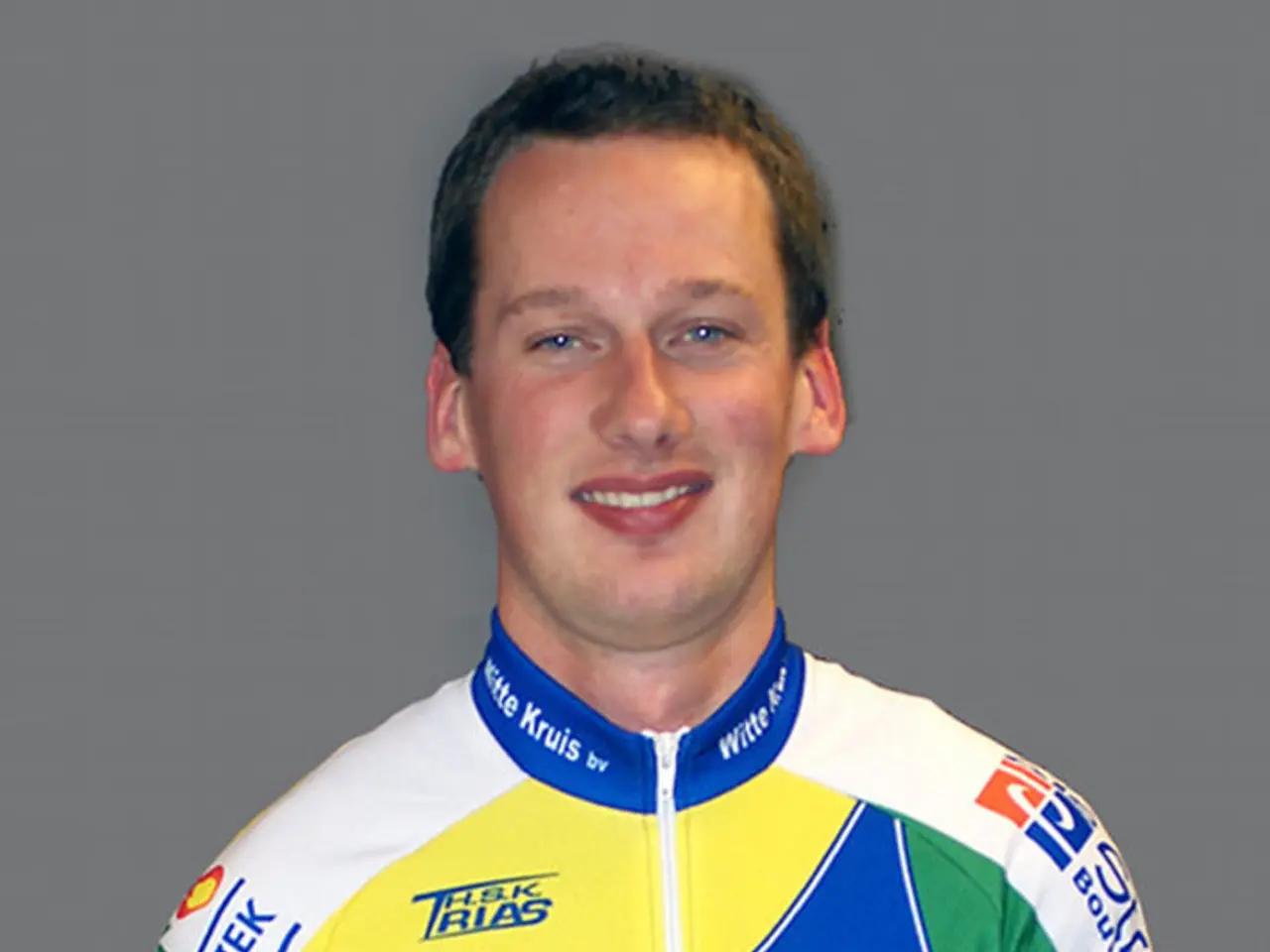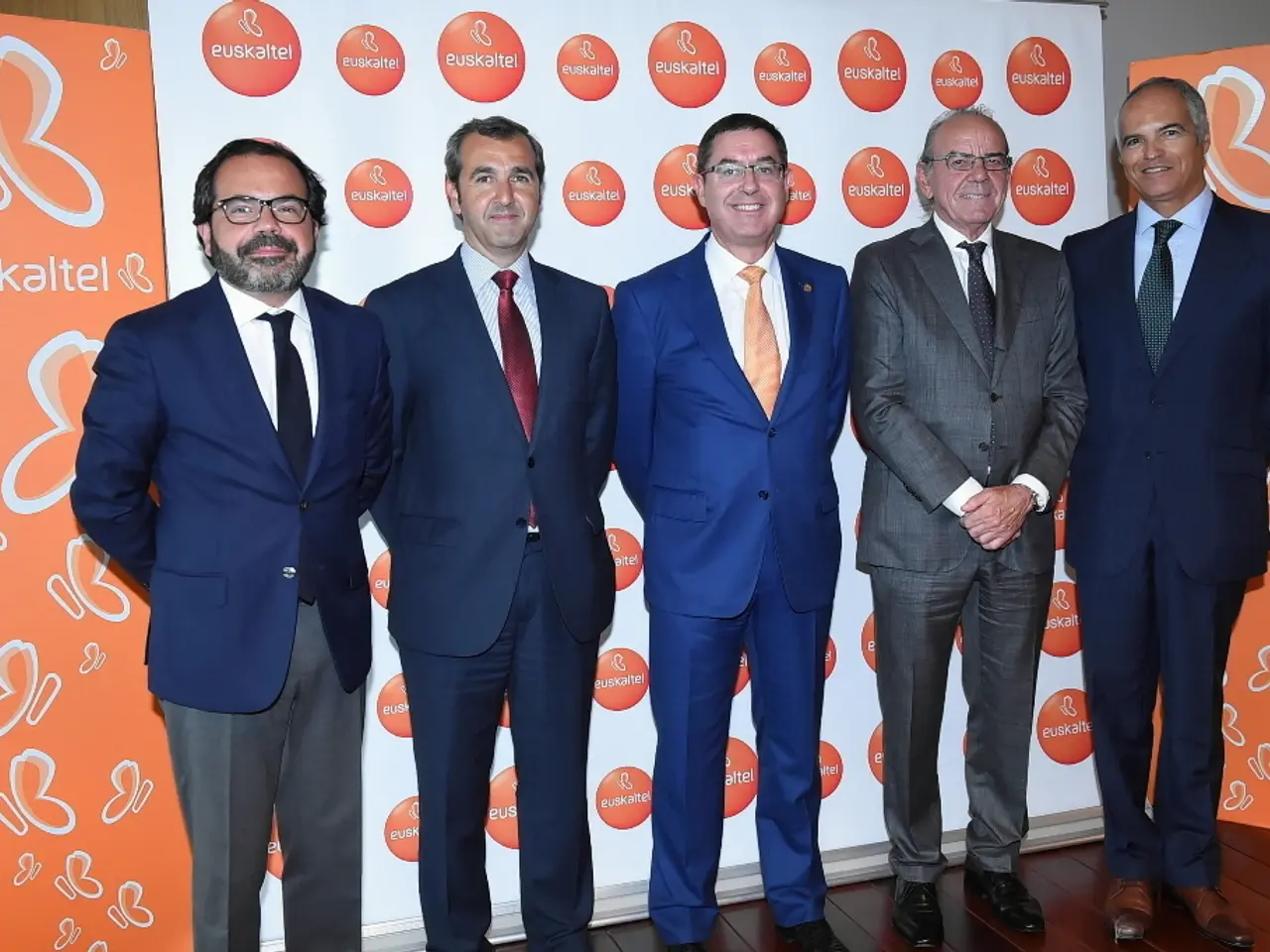Unveiling the Mechanisms Behind Olympic Timekeeping
In the world of Olympic competition, every millisecond counts. Over the years, the technology used to time events has evolved significantly, with major advancements made in the 1930s, 1960s, and 2000s. Today, the current Olympic timing technology is primarily provided by Omega, the Official Timekeeper, and employs a combination of advanced digital and sensor-based systems.
One of the key elements of this technology is false start detection. Sensitive pressure sensors on starting blocks accurately detect athlete reaction and false starts, a feature that was introduced in 1984. Computerized timekeeping, digital measurement, storage, and real-time display of event times and statistics, made its debut in the 1988 Seoul Games.
Athlete-worn transponders, radio frequency devices worn by athletes (often on ankles), have been in use since the 2006 Turin Winter Games. These devices capture intermediate splits and exact race times, providing precise timing during races. Real-time video and data integration, through video matrix boards and live image feed technologies, supports instant display and verification of results within the venue.
The timing technology for speed skating was upgraded for the 2014 Sochi Olympics, with skaters wearing lightweight transponders on their legs that record their times and rankings in real time during the race. In aquatic relay events, reaction time is analysed not only at the start of the race but also as each swimmer "tags" his or her teammate.
In the 1960s, competitors' times were first shown live on television, and Seiko, designated for the first time as official timekeeper of the Olympic Games, linked the starting gun with a quartz clock and photo-finish camera. In 2002, infrared beams replaced photoelectric cells in sledding events, and radio transponders were first used in long-distance skiing events.
Downhill skiing competitors begin their races at starting gates, with Snowgate starting gates introduced in Vancouver. These gates have a wand or bar that only emits a starting pulse when it's at an equal angle for every skier. In 2008, GPS was used for the first time in rowing competitions, allowing viewers to see progress as the race progressed.
In the 1930s, Omega, currently a member of Swatch Group, was named the first official timekeeper of the Olympic Games, and the "Kirby camera" was introduced, which simultaneously photographed the finish line and featured a chronometer to time-stamp each shot. Today, the finish line has two slit video cameras that time-stamp each image at 2,000 frames per second and send the complete image to the judges to help determine the winners in case of a photo finish.
Because speed skaters reach speeds up to 30 miles per hour (48 kph), and a skater can win by as little as the tip of a boot, two slit video cameras scan the finish line. In Nordic competitions, GPS satellites are used to measure distances between competitors throughout the race. For long-distance skiing events, such as cross-country and Nordic, RFID tags attached to each skier's boot send individual signals to antennas buried beneath the snow at the starting line, finish line, and points in between.
In 2010, an electronic starter pistol debuted, and in 2012, the Quantum Timer and Quantum Aquatics Timer were introduced, both measuring accuracy to one millionth of a second. These technologies have been continually updated since their introduction, notably from the 1984 Games through to recent times.
While the 2020 Tokyo Games also featured advanced tracking and innovative timing mechanisms reflecting further technological evolution, the foundational systems remain those developed and refined by Omega. Therefore, the current Olympic timing technology relies on highly precise sensor-based start systems, computerized digital timing with extensive data handling, and athlete-worn transponder chips to achieve exact timing and results management. Omega remains the principal provider of these integrated timekeeping systems at the Olympic Games.
Sports and technology have a deep connection in the Olympic Games, with technological advancements playing a crucial role in sport timing. For instance, the athlete-worn transponders, first used in the 2006 Turin Winter Games, are a key element of contemporary technology, providing precise timing during races. Similarly, GPS was used for the first time in rowing competitions in 2008, allowing viewers to track progress during the race. The evolution of these technologies has been significant, with continuous updates from the 1984 Games to recent times, reflecting the intertwined relationship of sports and technology.




